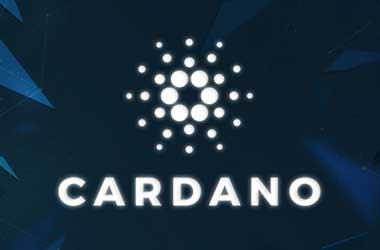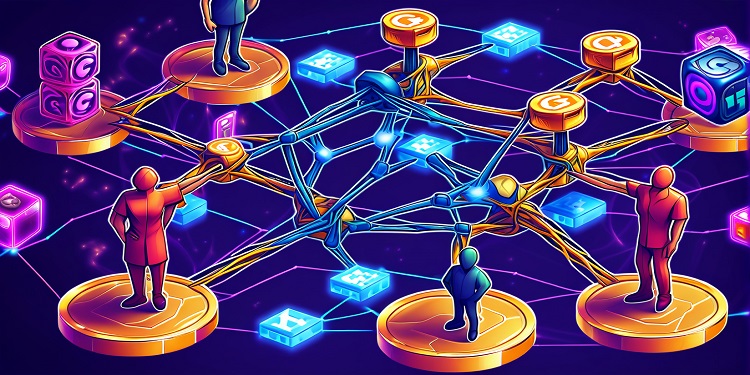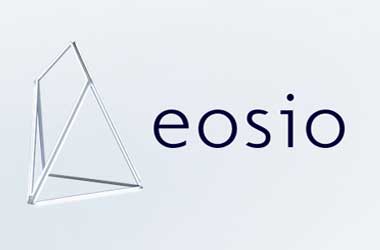 Through the IOHK blog, the Cardano team announced July 30 the successful launch of the IELE VM testnet. It is a big advancement not only for Cardano, but for the entire blockchain sector.
Through the IOHK blog, the Cardano team announced July 30 the successful launch of the IELE VM testnet. It is a big advancement not only for Cardano, but for the entire blockchain sector.
Following the testnet launch, developers will be able assess the Cardano’s technology, which will be ultimately integrated with the Cardano platform.
Notably, in May 2018, Cardano released the KEVM testnet. It was the first time the EVM (Ethereum Virtual Machine) was defined in the “K” frame work. So, to be precise, this is the second of the two testnet launches for the Cardano blockchain.
IELE protocol
The protocol is made up of two parts: a “correct-by-construction” VM in the K framework (referred to as the KEVM) and a Solidity-to-IELE compiler, which enables programs written in the Solidity (a language specifically created fo programming smart contracts in the Ethereum network) language to be feeded into the KEVM machine. The compiler enables identifying most of the coding bugs quickly and easily.
So, IELE will function as a “lower-level” platform facilitating the execution of smart contracts from higher languages such as Solidity. Furthermore, the “correct-by-design” framework provided in the IELE will enable writing of smart contracts easier and secure. Most of the errors can be identified early, thereby minimizing the risk of program failure or exploitation by hackers. Going forward, Cardano plans to build and release similar compilers for other commonly used programming languages such as Python and Javascript.
Importance of IELE
The facility enables developers to deploy and test Cardano smart contracts. Furthermore, developers can also provide feedback to the Cardano team. This will enable further improvement of the protocol.
Following the integration of IELE with the Cardano mainnet, there is a huge possibility of a surge in the interest among developers to build DApp and deploy it on the platform.
As IELE enables identifying bugs at early stage, hacking attempts are largely prevented. In that sense, KEVM is a revolutionary concept for blockchain. The compiler will be able to remove most of the bugs before the smart contracts are deployed on the blockchain.
Cardano’s future
The Cardano team has been extremely busy in the past six months. The team launched testnet twice in as many months. Furthermore an improved Daedalus Wallet has been released. Cardano has also signed partnership deal with Sirin Labs, the Tokyo University of Science and Metaps, among others. The platform also saw the launch of Traxia ICO recently and more is expected to follow suit. More exciting features are on its way.
According to the Cardano roadmap, the testnet will soon become a sidechain linked to the mainnet. This will make Cardano scalable, enabling complex computations to be performed off chain (main).
Cardano is also striving to make its network more decentralized. In this regard, the blockchain’s founder Charles Hoskinson has already mentioned that its proof-of-stake consensus protocol is primarily solved. This is quite interesting because Coinbase, which has plans to list Cardano, has mentioned that the coins they select to list in their platform should be sufficiently decentralized.
According to the roadmap, the next major milestone, Goguen, is expected to go live in the fourth quarter of 2018. The team has been able to meet the deadlines without any major issue so far. So, Cardano investors and crypto enthusiasts are in for exciting times.








